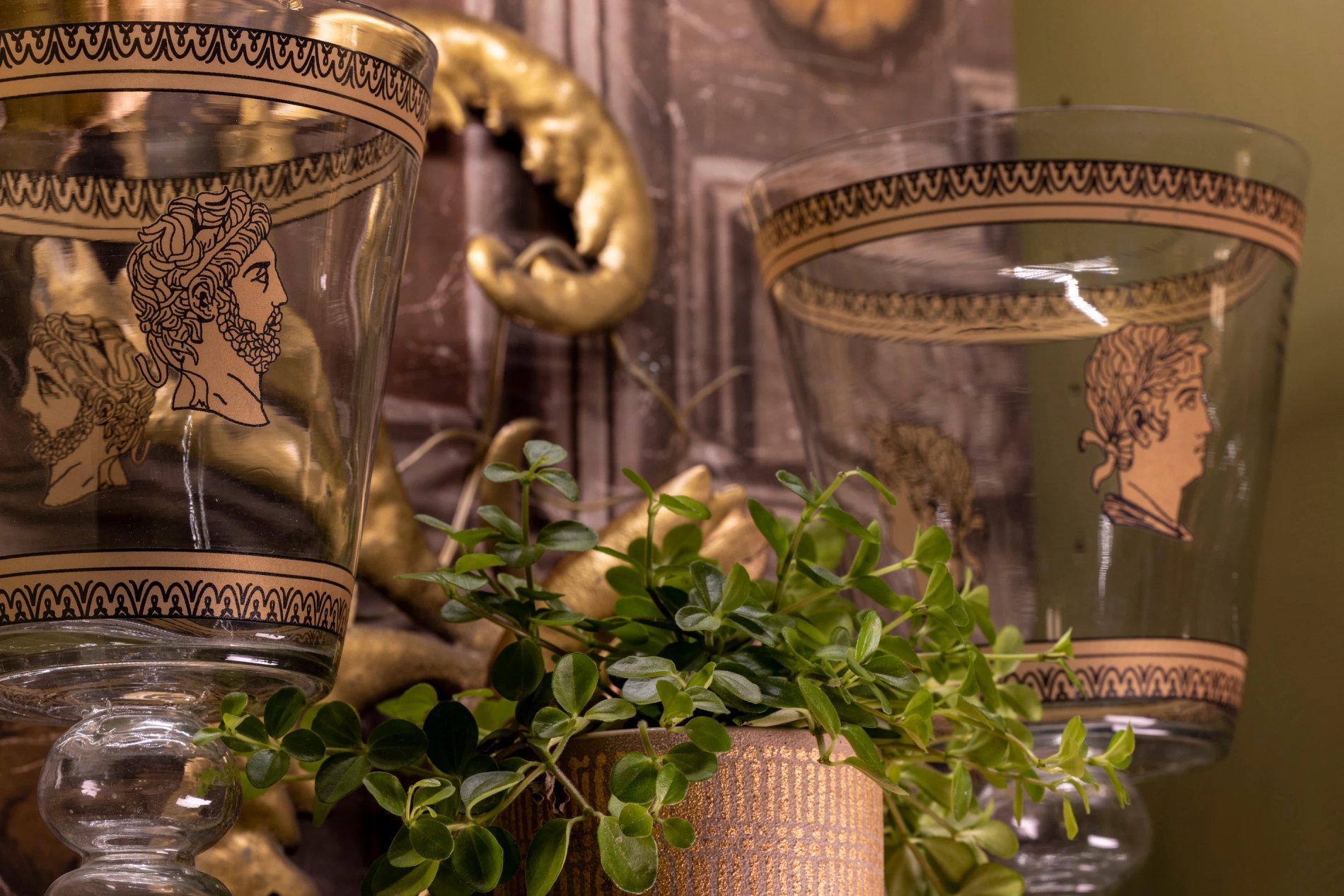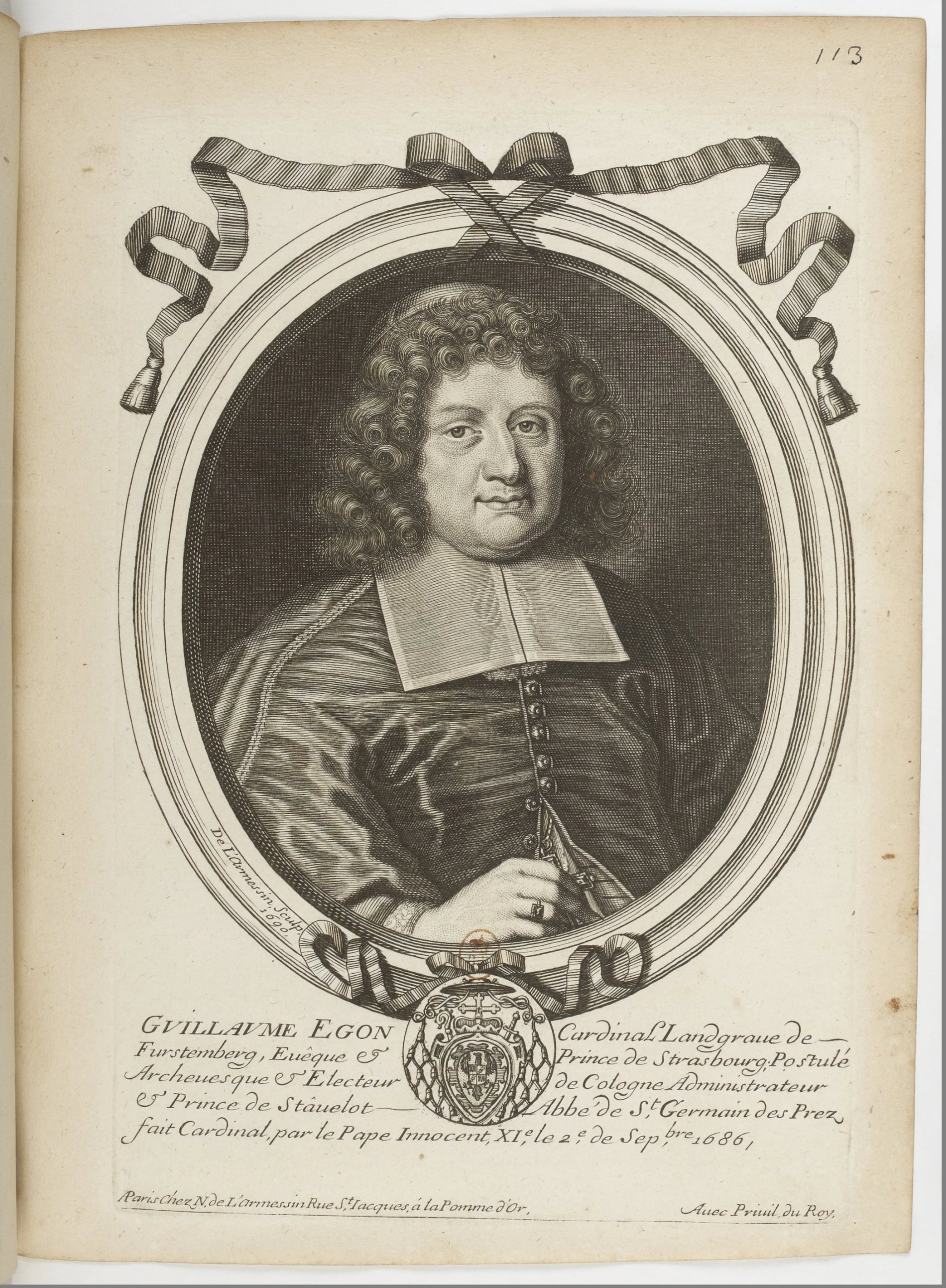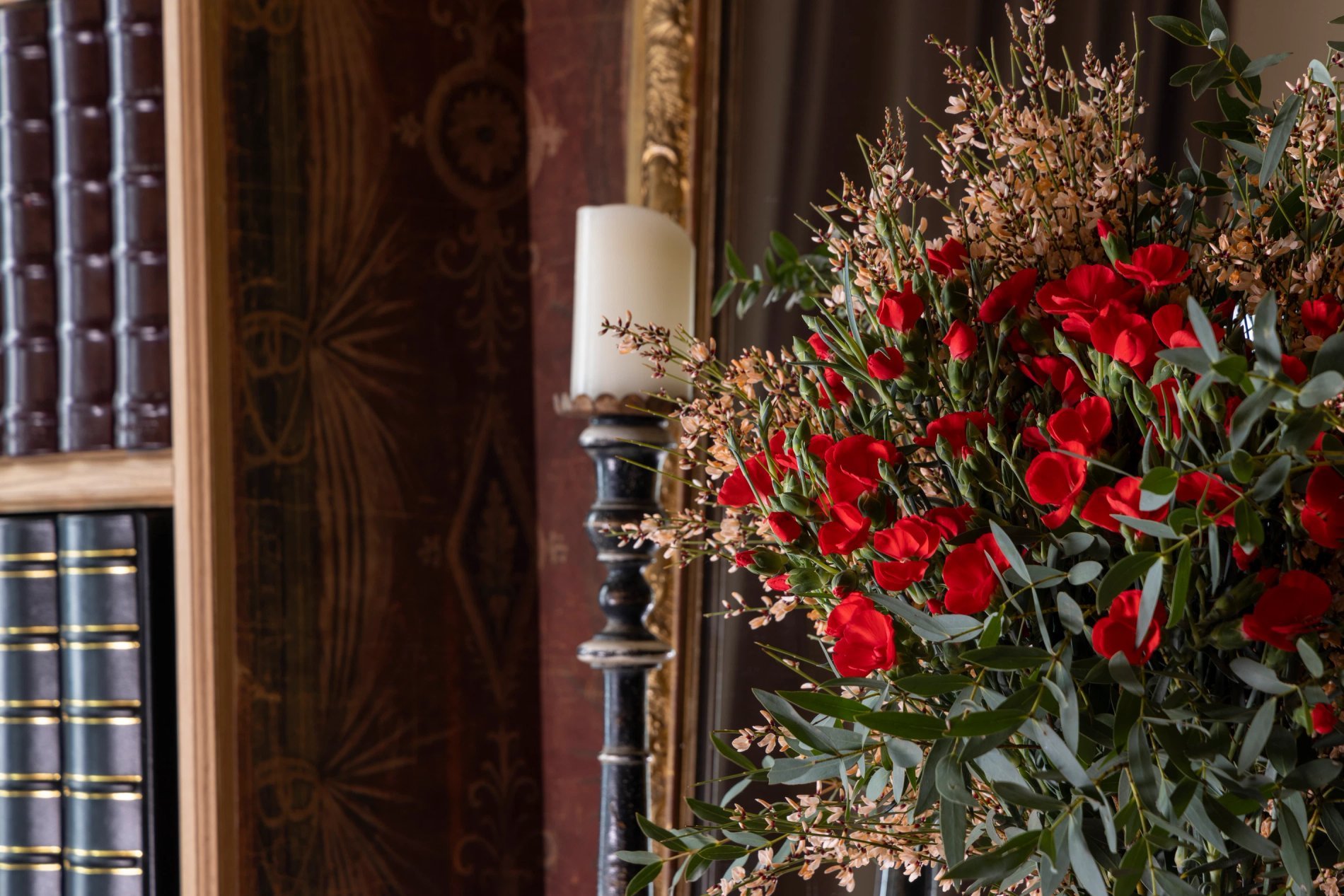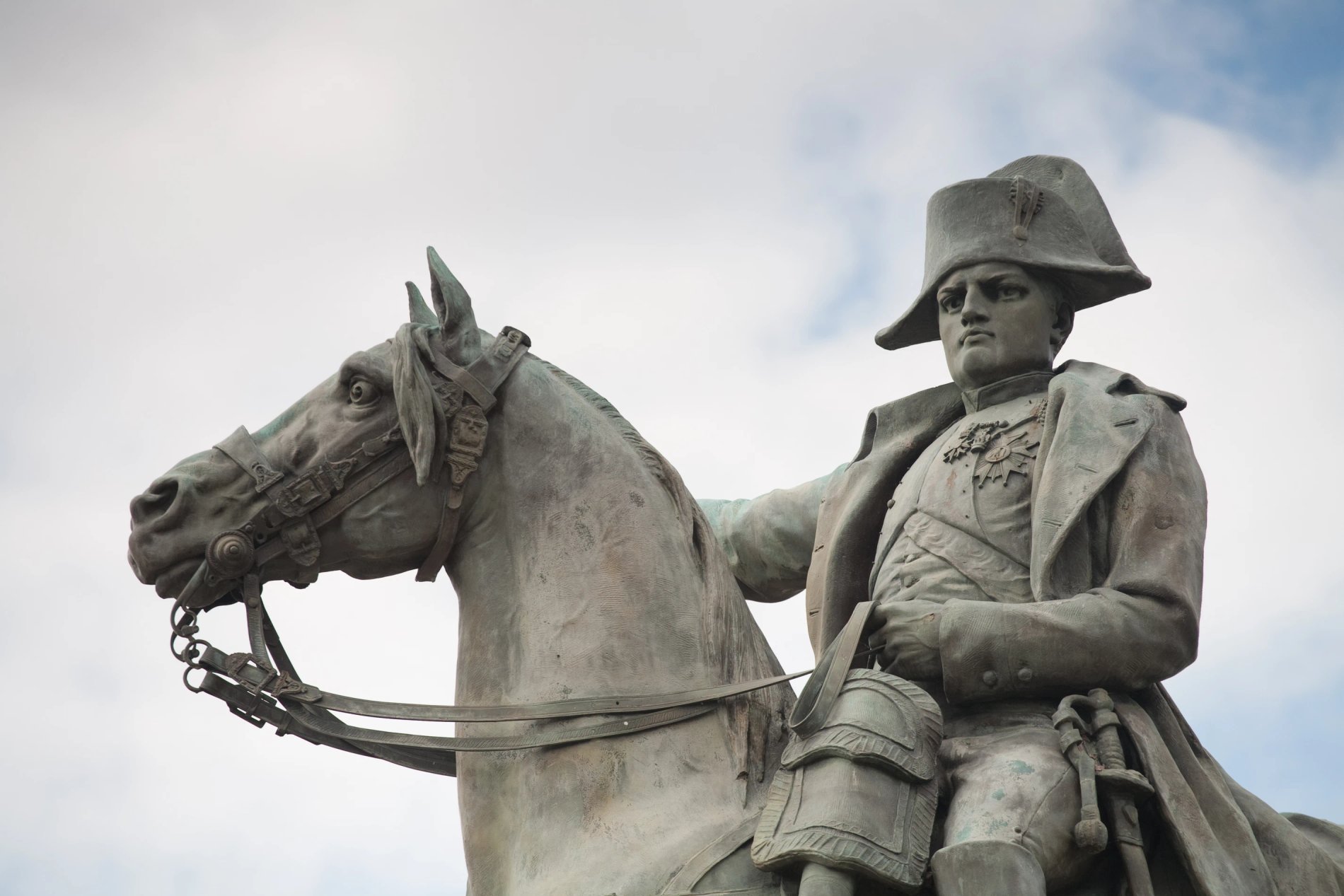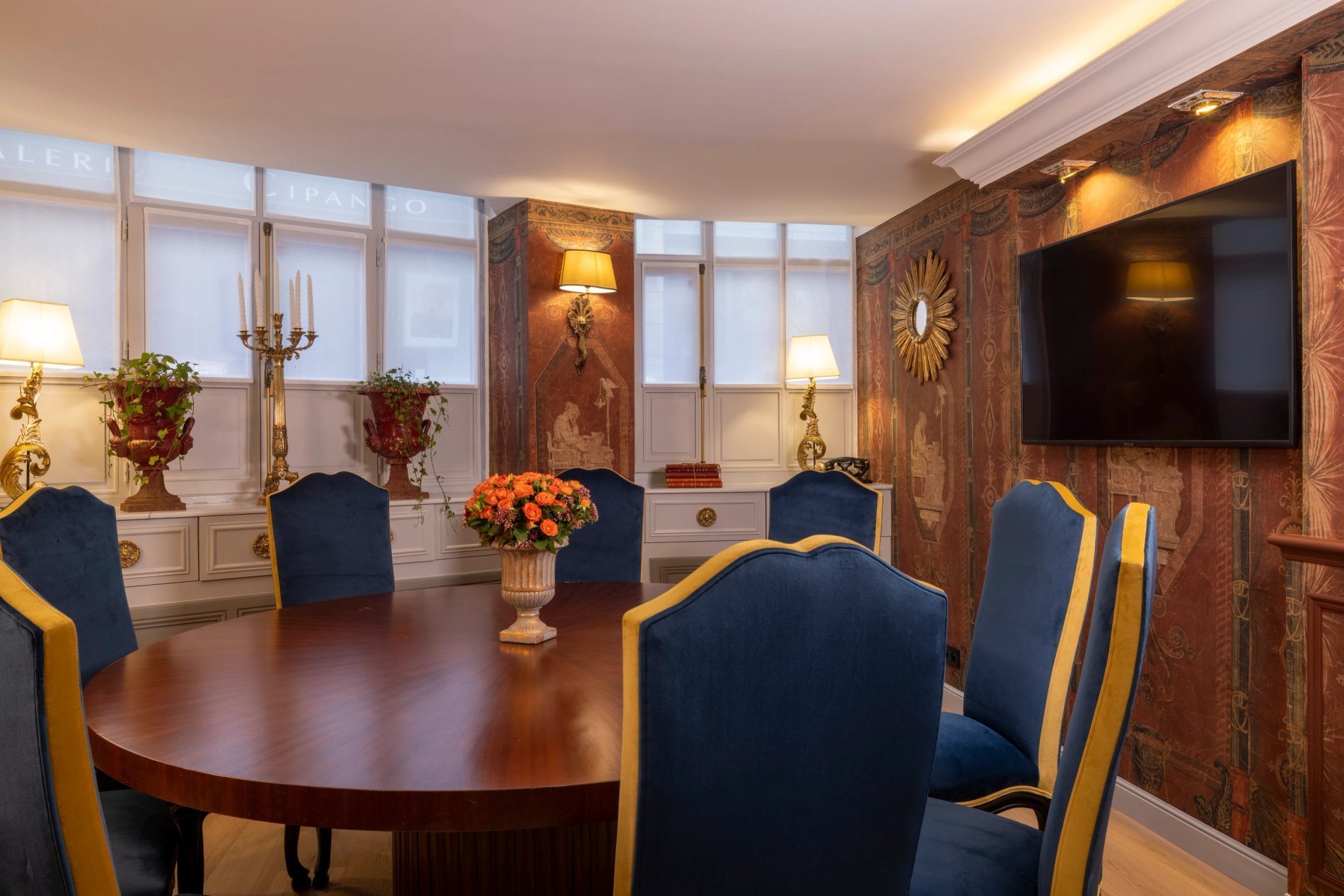In the secret of the Gods, King and Emperor…
Away from prying eyes.
At the very heart of French History.
And Paris at its most exclusive.
A much-coveted place
Welcome to the home of Cardinal Guillaume-Egon de Fürstemberg, a loyal protégé of King Louis XIV who, in 1697 appointed him Abbot of the Abbey of Saint-Germain-des-Près, in gratitude for services rendered to the Monarchy. Considered at the time to be one of the country’s most important intellectual centres, this monastic estate was a precious gift which the Cardinal sought to extend to the adjacent streets: Rue de Furstemberg and Rue Cardinale. This extension would thereby enable him to expand the authority of the Monarch, as the power behind the Sun King’s throne.
Corridors of power
Here you are in a very private house, where the Cardinal held his conclaves. Top-secret meetings organised far from Versailles, but always in Louis XIV’s confidence. It was a place of power, to some extent the Court’s secret corridors of power, where destinies were both made and broken. Its prestige was equalled only by its arcane proceedings, abuzz with conspiracies and Councils, involving the great and good of the kingdom, who were the true decisionmakers.
It was within these walls that, in 1704, the Cardinal passed away at the age of 74, after an eventful life. He had been a soldier before taking holy orders, minister to the House of Bavaria, courted then renounced by the Princes of Habsburg, Court diplomat, the French King’s emissary, close to the Holy See, whose many secrets Guillaume-Egon de Fürstemberg would take with him to the grave.
Although walls do not have ears, they do have a long memory and to this day still conserve the Palace intrigues and secret loves that they housed. The vestiges of these clever stratagems are still visible: the hidden doors, the chambers that lent themselves to asides. And, in the basements, there are the secret passages that enabled the Cardinal to come and go on in stealth around the domain.
The twists and turns of history
As the irony of History would have it, it was in this very place that, a century later, Napoleon Bonaparte would, in turn make himself at home in these corridors of power. And as the personification of the ties between authority and high clergy, if there was, he was the only sovereign to dismiss two popes in succession: Pius VI and Pius VII. Indeed, his imperial sceptre hovered over truly the sacred Saint-Germain-des-Prés, as illustrated both by the street that bears his name, Rue Bonaparte, just a stone’s throw away, and the House’s meeting room — an authentic tribute to the glorious Empire style.
A heritage that is very much alive
This is Paris at its pinnacle, as no other: inhabited by and steeped in History. Legendary. It is no coincidence, therefore, that it was in Maison Cardinal de Fürstemberg that Lily Collins, alias Emily Cooper in Emily in Paris, chose to rest up between scenes. Likewise, photo and international film shoots regularly take up residence in the neighbouring streets.
Being here means being at the forefront of thrilling toing and froing between yesteryear and today, where century after century, encompassing the most exciting stores and cafés of the moment, History never ceases to make an appointment with itself.
Relics and Refinement
As a mark of authenticity, the library with its treasure trove of volumes and artefacts has a taste for history. Cardinal Fürstemberg was a highly cultivated aesthete and the objects he collected painstakingly over the years echo his refined discernment. Reflecting their 17th-century spirit, there are relics and scrolls, chalices, a stoup, a crown and curios, gabling and florets, as well as remnants of stone and a mysterious key — both found on this very spot, during recent work on this decidedly outstanding House. All have come to rest here, by the Cardinal’s statue, each conserved religiously to give you the best possible idea of their past.
An imperial meeting room
Up until the 19th century in France, a meeting room was also skilfully turned into a dining room, as the day went by. You are standing in a room that has revived this tradition, deftly alternating, in one and the same place, the culinary arts and those that exercise the mind. Another recollection of the past is the consecration of a particular style: that of Emperor Napoléon Bonaparte, who was renowned for expediting meetings and meals with great alacrity. His iconic style comes to the fore here in all its mastery and majesty, with an Ancient Greek bronze and freeze, Empire basins and luxurious velvet, hieratic sconces and the emblematic eagle narrate another chapter in French History, which is an integral part of the extension of the nearby rue Bonaparte.
